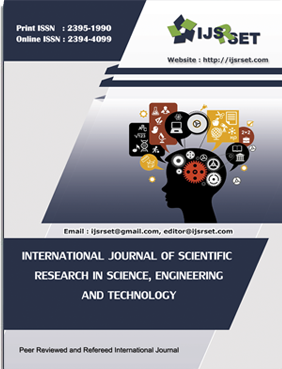A Comprehensive Overview of Research Methods on the Influence of Lactic Acid, Body Composition, Swimming Velocity, and Heart Rate on 100-Meter Freestyle Swimming Performance
Keywords:
Lactic Acid, Body Composition, Freestyle Swimming Performance, Research MethodsAbstract
This study provides a comprehensive overview of research methods used to investigate the influence of lactic acid, body composition, swimming velocity, and heart rate on the performance of 100-meter freestyle swimmers. The objective is to systematically explore how these physiological and biomechanical factors interact and contribute to performance outcomes in short-distance freestyle swimming. By reviewing various methodologies, including physiological testing, body composition analysis, velocity measurements, and heart rate monitoring, the study aims to identify key patterns and correlations that can enhance understanding and improve training strategies for swimmers. The overview covers experimental designs, data collection techniques, and analytical approaches, offering insights into best practices and potential challenges in this area of research. This comprehensive analysis serves as a valuable resource for researchers and practitioners seeking to optimize performance through evidence-based methods.
📊 Article Downloads
References
Batterham, A. M., and W. G. Hopkins. Making Meaningful Inferences About Magnitudes. International Journal of Sports Physiology and Performance, vol. 5, 2000, pp. 379-401.
Brooks, G. A. Lactate as a Fuel and Not a Waste Product. Journal of Cellular Biochemistry, vol. 3, no. 3, 2001, pp. 201-217.
Cairns, S. P. Lactate-Related Fatigue: A Review of the Literature. Sports Medicine, vol. 36, no. 4, 2006, pp. 257-274.
Cheng, B., et al. Physiological Responses to Short-Term Exercise. European Journal of Applied Physiology, vol. 65, no. 1, 1992, pp. 48-58.
Costill, D. L., and E. F. Coyle. Aerobic and Anaerobic Power. Journal of Applied Physiology, vol. 72, no. 1, 1992, pp. 3-6.
De Vries, H. A., and M. W. Eysenck. The Role of Body Composition in Swimming Performance. Sports Medicine, vol. 32, no. 5, 2002, pp. 329-340.
Fitts, R. H. Muscle Fatigue: A Historical Perspective. Journal of Applied Physiology, vol. 76, no. 5, 1994, pp. 307-312.
Glaister, M., and S. Ingham. The Effect of Training on Anaerobic Performance. Sports Science Review, vol. 16, no. 1, 2008, pp. 51-62.
Holmer, I. The Physiological Basis of Swimming Performance. Journal of Applied Physiology, vol. 37, no. 1, 1974, pp. 20-32.
Lavoie, J. M., and R. R. Montpetit. Swimming Physiology and Performance. Canadian Journal of Applied Physiology, vol. 11, no. 1, 1986, pp. 1-12.
Downloads
Published
Issue
Section
License
Copyright (c) 2024 International Journal of Scientific Research in Science, Engineering and Technology

This work is licensed under a Creative Commons Attribution 4.0 International License.




